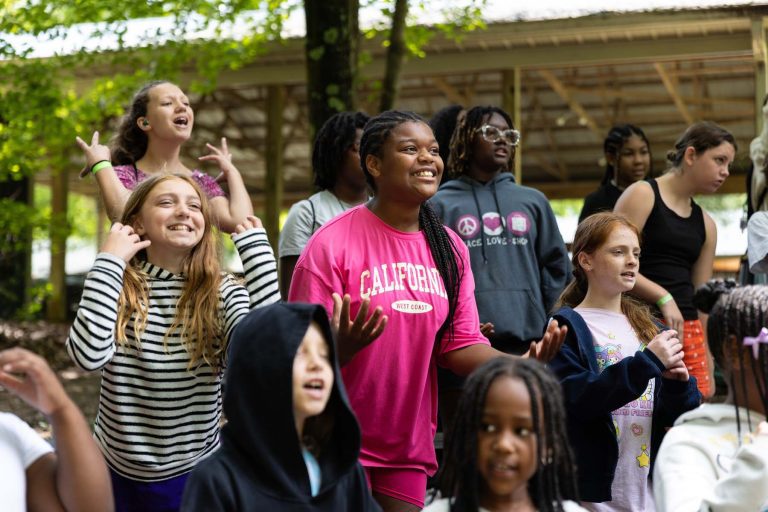
At Viristar, being respectful of others is a core value. Using appropriate personal pronouns is one way we show respect and help foster an inclusive environment.
Here’s some more information about pronouns.
Not everybody identifies as a woman or girl, or as a man or boy.
When we speak about another person, we often refer to that individual using pronouns. These pronouns often imply the person being referred to has a certain gender—“he” referring to a boy or man; “she” to a woman or girl. This is not always accurate or appropriate.
In addition, if we make an assumption about a person’s gender—correct or not—based on their appearance, and refer to that person with the pronoun we associate with that gender, this can be harmful. That’s because it implies that a person has to look a certain way to demonstrate a particular gender.
Sharing your pronouns
Therefore, it can be respectful to share the pronouns you use, for example, by saying, “Hi, I’m Jeff; I use he/him pronouns.” You can also note your pronouns on your email signature, business card, and name tag at an event.
That way, even if you have the privilege of appearing the way that many people associate with your gender, you affirm that this isn’t the case for everyone, and that we shouldn’t assume a person’s gender based on their appearance.
Asking Others About Their Pronouns
Once you’ve shared your pronouns, you might invite the person(s) with whom you’re interacting to share theirs.
For example, in the pre-course survey sent to participants in Viristar’s Risk Management for Outdoor Programs course, we invite—but don’t require—participants to share the pronouns they go by. We include a link to more information about pronouns, for those who don’t understand why we ask.
Then during the first class meeting, when individuals go around and introduce themselves, the facilitator goes first, and shares both their name and their pronouns. For classes on Zoom, the facilitator also lists their pronouns next to their name (using Zoom’s pronouns feature).
Challenges with Being Respectful
Understanding and respecting the fact that there are genders other than male and female, and that some people do not identify with any gender, may fluctuate between genders, or possess qualities of multiple genders, is not universal in society.
In fact, people whose gender identity differs from what some people in dominant social groups consider “normal” face high risks of harassment, violence, assault, and state-sanctioned abuse.
It can take time to develop the knowledge, skills, and values to interact with others around issues of gender identity in ways that are considered respectful.
We at Viristar might not get everything right.
A certain measure of tolerance and tact—directed towards ourselves as well as others—may be helpful.
More
Appropriate use of pronouns is but one piece of being respectful of a person’s gender identity, including gender expression.
Here is more information on pronouns and also on gender:
Reuters article on gender and language
Organizations supporting transgender, gender non-conforming, and intersex communities in India, Ireland, Europe, Africa, Australia, USA, and globally.
Viristar gratefully acknowledges the organizations represented above for guidance used in writing this post and in fostering inclusion in Viristar’s programs and activities.



